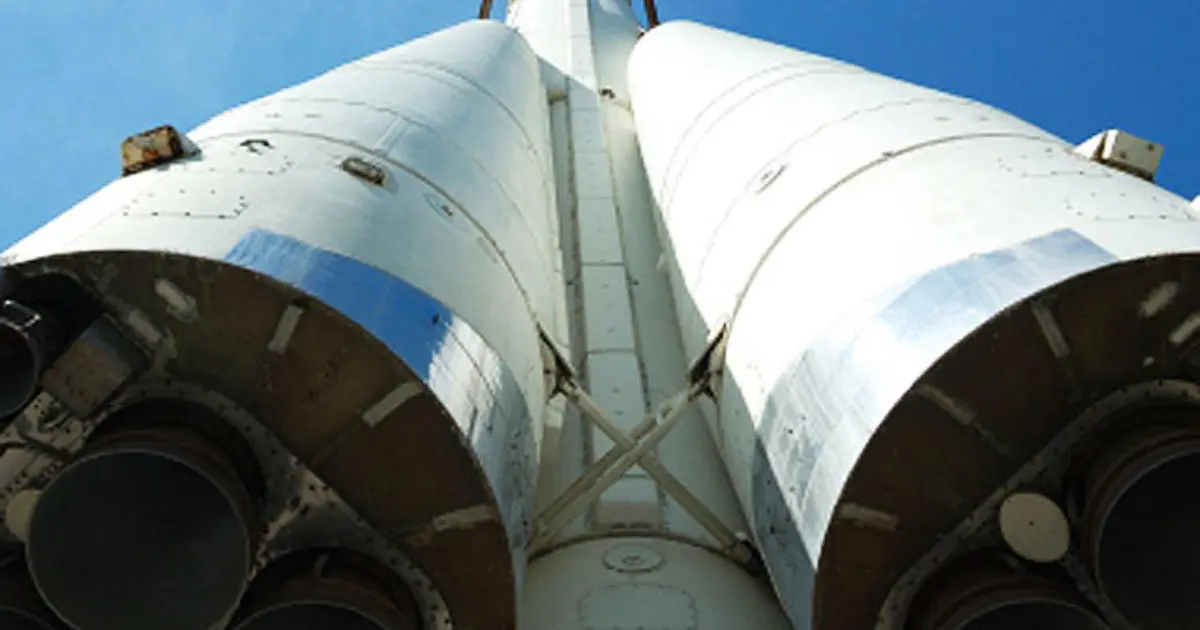- cross-posted to:
- news
- cross-posted to:
- news
A chemical used in rocket fuel and fireworks is also found in an array of food products, particularly those popular with babies and children, according to findings released Wednesday by Consumer Reports.
The tests by the advocacy group come decades after the chemical, called perchlorate, was first identified as a contaminant in food and water. The Environmental Working Group in 2003 found perchlorate in nearly 20% of supermarket lettuce tested.
Linked to potential brain damage in fetuses and newborns and thyroid troubles in adults, perchlorate was detected in measurable levels of 67% of 196 samples of 63 grocery and 10 fast-food products, the most recent tests by Consumer Reports found. The levels detected ranged from just over two parts per billion (ppb) to 79 ppb.
Foods often consumed by children had the highest levels of perchlorate, averaging 19.4 ppb, while fresh fruit and vegetables as well as fast food also contained elevated amounts.
In reviewing packaging types, foods in plastic containers had the highest levels, averaging nearly 55 ppb, followed by foods in plastic wrap and paperboard, Consumer Reports said.
Saying “found in rocket fuel” instead of saying what the chemical is in the headline seems a little suspect, considering how many rocket fuels have been used over time and how extreme the variance in their harmfulness is.
I was thinking that, too. Afaik there are also water based propellants, at least in testing stage.
79ppb is 79 micrograms per kilo. (Someone check my math).
No alterations in hematological parameters (complete blood count and routine chemistries) were observed in a group of nine male subjects who consumed once a day for 14 consecutive days a solution of potassium perchlorate that provided 10 mg of perchlorate/day (Lawrence et al. 2000).
https://www.atsdr.cdc.gov/toxprofiles/tp162-c3.pdf
Those volunteers had 37x more exposure with no impact.
It seems like lots of these studies are coming out as an easy way to get published. Just pick a chemical, find it in groceries/chocolate/tampons and get instantly published and publicised. The “rocket fuel” angle is a nice touch, its a chemical that is naturally found in the water supplies of Chile:
Hematological parameters were evaluated in an epidemiological study of school-age children from three cities with different concentrations of perchlorate in drinking water in northern Chile (Crump et al. 2000)
Same link.



